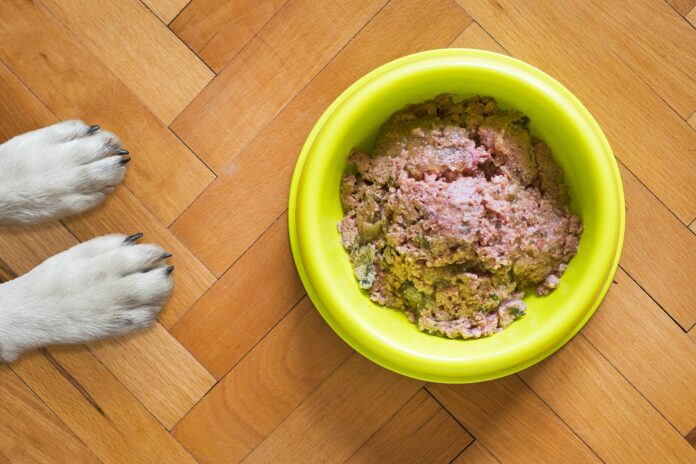The Rising Costs of Pet Food: A Comprehensive Analysis
In today’s economic climate, the prices of everyday groceries have surged, affecting not only our own diets but also the food we provide for our pets. As pet owners grapple with these rising costs, understanding the financial implications of various pet food options is crucial. In 2020, pet food and treat sales in the U.S. reached approximately $42 billion, with projections suggesting a rise to over $44 billion by the end of 2021. This article revisits the topic of pet food expenses, focusing specifically on the costs associated with different types of dog food.
Understanding Pet Food Types and Costs
Pet foods can be classified into four primary categories:
- Dry Foods: Typically the most economical option, these are available in various brands and formulations.
- Wet Foods: Sold in cans, pouches, or tubs, wet foods can be more expensive but are often more palatable for dogs.
- Fresh Foods: Usually cooked and delivered on a subscription basis, these foods are marketed as wholesome but come at a higher price point.
- Raw Foods: Available in frozen or freeze-dried forms, raw diets are controversial but popular among some pet owners.
Cost Analysis: Feeding a 55-pound Dog
To provide a clear picture of current dog food expenses, I analyzed various diets suitable for a hypothetical 55-pound dog consuming about 1,100 kilocalories a day. My research encompassed popular brands across all categories, considering both mass-market and premium products.
Key Findings on Daily and Yearly Costs
The daily costs to feed the average dog varied dramatically, ranging from:
- $0.55 for the most economical options
- Nearly $20 for premium offerings
This disparity resulted in yearly food costs spanning from:
- $201 for the cheapest options
- Over $7,000 for the most expensive brands
Notably, feeding a dog exclusively wet food can cost approximately five times more than feeding dry food, illustrating the stark differences in pricing among food types.
Comparative Price Breakdown of Pet Food Forms
Here’s a brief overview of the costs associated with each category:
- Dry Foods: Less expensive overall, with products from mass-market brands often offering significant savings.
- Wet Foods: Generally more costly, but prices overlap with some premium dry options.
- Fresh Foods: Tend to be 4 to 6 times more expensive than high-end dry food, reflecting their premium positioning.
- Raw Diets: While marketed as high-quality options, they can be significantly more expensive per pound, often leading to a cost of over $700 for a standard-sized bag.
Health Implications of Pet Food Choices
The question of whether higher-priced pet foods equate to better health for dogs is complex. All diets analyzed in this study were labeled as “complete and balanced,” making them adequate to support overall health. Despite anecdotal evidence from pet owners suggesting that premium foods yield better health outcomes for their pets, it’s important to approach this notion cautiously.
Many of the perceived benefits associated with expensive diets may stem from a psychological phenomenon known as the “marketing placebo effect.” In reality, there is limited scientific data to support significant health advantages associated with higher-priced dog food options. Moreover, raw diets carry potential health risks for both pets and their owners, despite being the most costly feeding option.
Choosing the Right Diet for Your Dog
When selecting dog food, it’s essential for pet owners to consider their budget and the specific dietary needs of their pets. There are high-quality diets available at nearly every price point, making it possible to find suitable options without overspending. Consulting with a veterinarian can help pet owners navigate the vast array of choices, ensuring they select a diet that’s both healthy and cost-effective.
In conclusion, understanding the financial and health-related implications of different pet food types can empower pet owners to make informed decisions that benefit both their furry friends and their wallets.
Image by Matty Coulton from Pixabay











